Huntington's Disease Caudate Nucleus
Huntington's disease caudate nucleus. The caudate nucleus undergoes dramatic and unique transcriptional changes in human prodromal Huntingtons disease brain. The molecular mechanisms underlying HD a. According to researchers these findings provide clear evidence that the caudate nucleus is strongly affected in people positive for Huntington disease before the emergence of any symptoms.
The striatum comprising the caudate nucleus CAU and putamen is the primary affected brain region in HD where as many as 90 of neurons are lost in late stage disease. Decreased density of neurons was found throughout the head of the caudate nucleus in Huntingtons disease HD with the most severe neuronal loss early in the disease in the medial region. Localized atrophy of a specific structure could potentially be a more sensitive biomarker reflecting neuropathologic changes rather than global volume variation.
Counts of neurons in the CN reveal that 50 are lost in grade 1 and that 95 are lost in grade 4. The density of reactive astrocytes is inversely proportional to the neuronal loss. Huntingtons Disease HD is a devastating neurodegenerative disease caused by an expanded trinucleotide CAG repeat in the HTT gene.
IgG antibodies were detected by immunofluorescence using frozen sections of. Huntingtons disease is a dominantly inherited progressive neurodegenerative disorder causing marked pathology in the basal ganglia. Caudate nucleus atrophy is a well-known neuroimaging feature of Huntingtons disease HD.
The pathophysiology of the selective neuronal death is as yet unknown but evidence suggests that the neurotoxicity may result from endogenous substances acting at excitatory amino acid receptors. The findings are indicative of neuronal loss an increased proportion of altered glia and also of maintained vasculature in Huntingtons disease caudate nucleus. Gene expression patterns observed in the HD BA9 are also present in the CAU suggesting a common response to disease.
Antibodies reacting with neuronal cytoplasmic antigens present in normal human caudate and subthalamic nuclei were detected in 37 of 80 probands afflicted with Huntingtons disease HD. The caudate nucleus in HD brain is dramatically affected prior to symptom onset. A general lack of coordination and an unsteady gait often follow.
Responsible for regulating and organizing information being sent to the frontal lobes from other areas of the brain. One of the most significant pathologies in this respect is Huntingtons disease which is caused by the destruction of certain groups of neurons in the caudate nucleus.
A general lack of coordination and an unsteady gait often follow.
Huntingtons Disease HD is a devastating neurodegenerative disease caused by an expanded trinucleotide CAG repeat in the HTT gene. Huntingtons disease is a dominantly inherited progressive neurodegenerative disorder causing marked pathology in the basal ganglia. Huntingtons Disease HD is a devastating neurodegenerative disease caused by an expanded trinucleotide CAG repeat in the HTT gene. Huntingtons disease HD is an autosomal dominant neurodegenerative disease which is caused by an extended CAG repeat chain located within the IT15 gene on the short arm of chromosome 4. The clinical characteristics of HD. A brain structure within the basal ganglia. Gene expression patterns observed in the HD BA9 are also present in the CAU suggesting a common response to disease. The caudate nucleus in HD brain is dramatically affected prior to symptom onset. According to researchers these findings provide clear evidence that the caudate nucleus is strongly affected in people positive for Huntington disease before the emergence of any symptoms.
We examined 90 TRACK-HD participants of which 30 were premanifest HD 30 were manifest HD and 30 were controls. Huntingtons disease is a dominantly inherited progressive neurodegenerative disorder causing marked pathology in the basal ganglia. Astrocytes are greatly increased in grades 2-4. Caudate nucleus atrophy is a well-known neuroimaging feature of Huntingtons disease HD. According to researchers these findings provide clear evidence that the caudate nucleus is strongly affected in people positive for Huntington disease before the emergence of any symptoms. In cases of mild Huntingtons disease which had no identifiable abnormality. Decreased density of neurons was found throughout the head of the caudate nucleus in Huntingtons disease HD with the most severe neuronal loss early in the disease in the medial region.




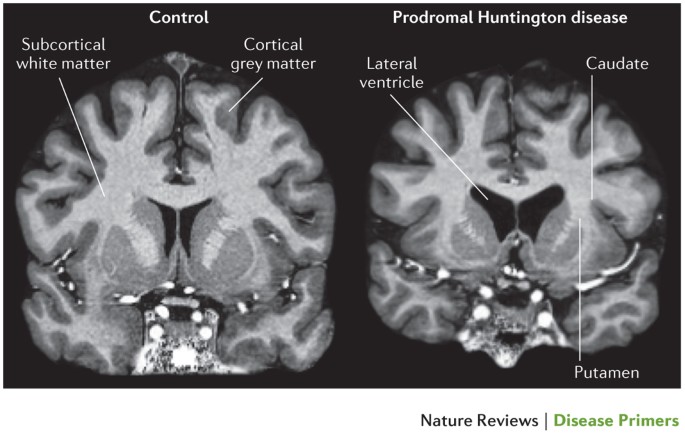
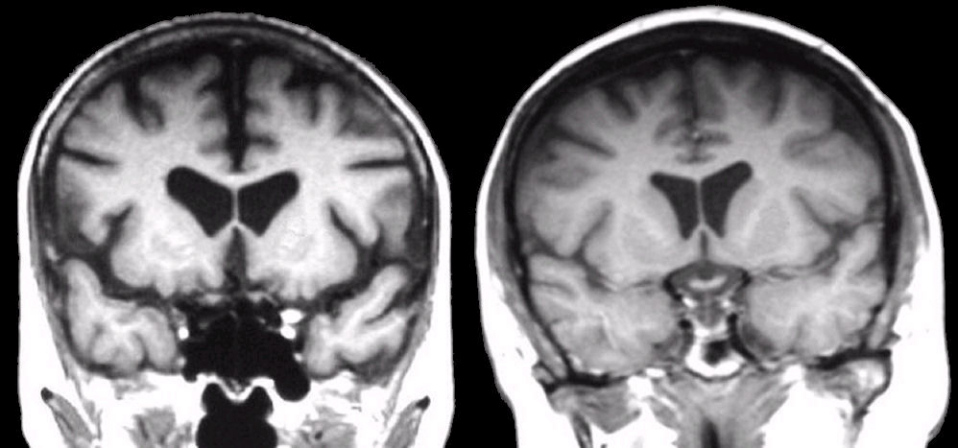
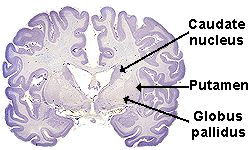
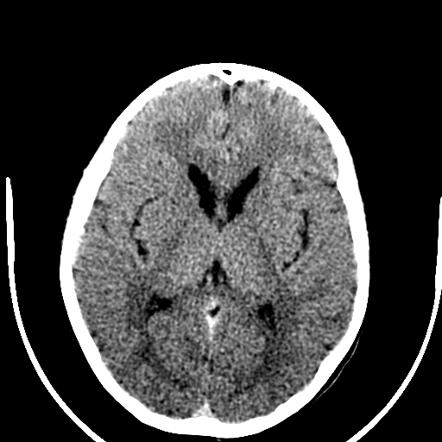



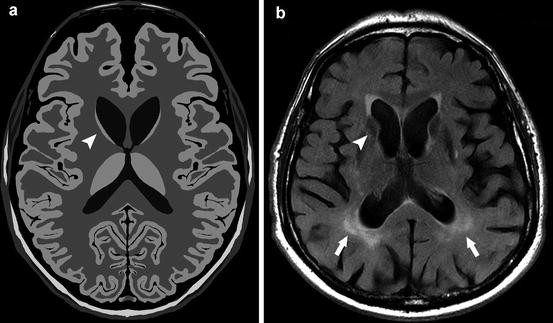

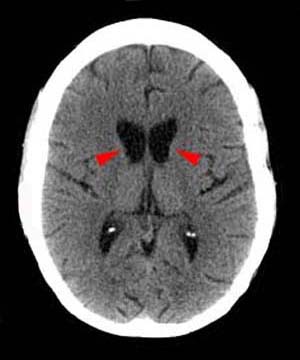




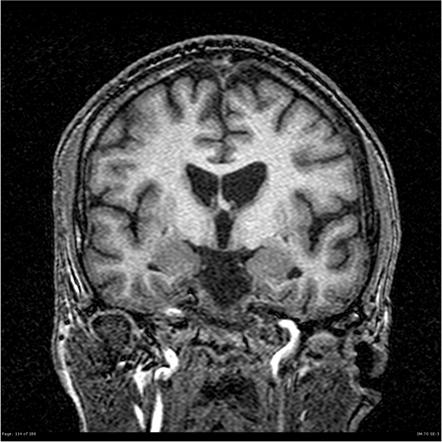



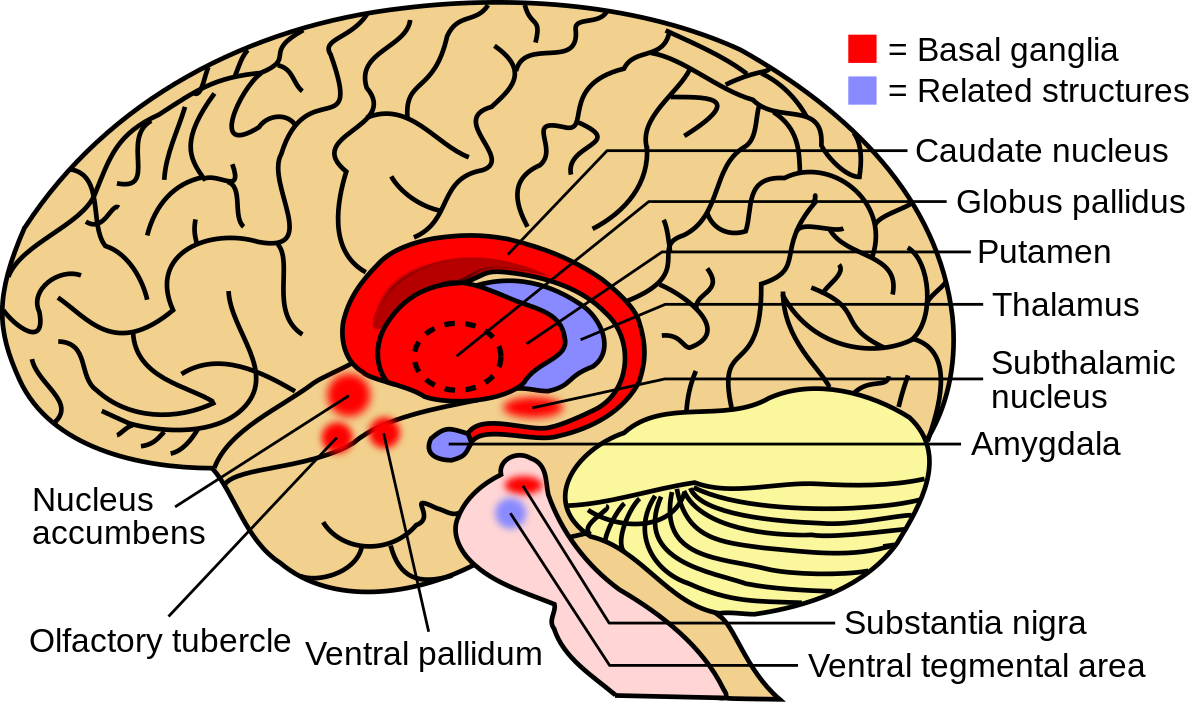

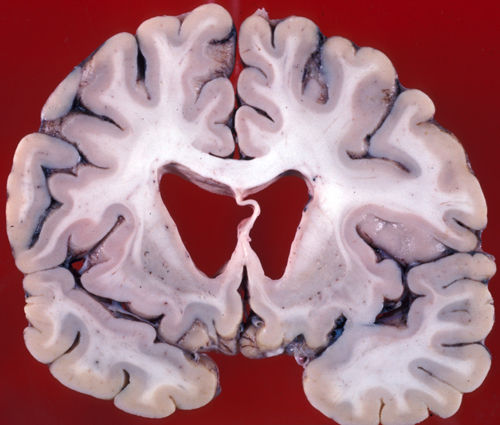
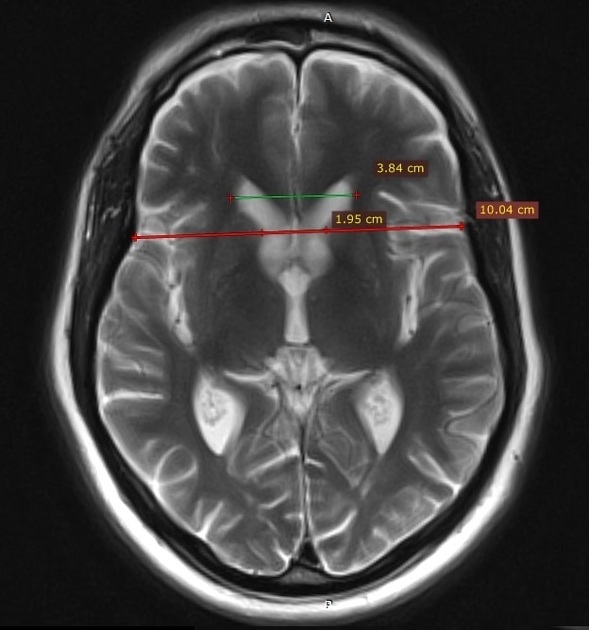

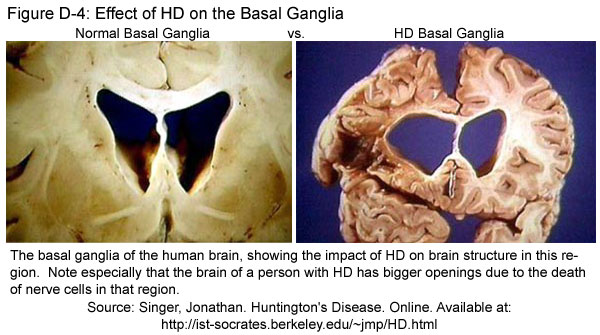










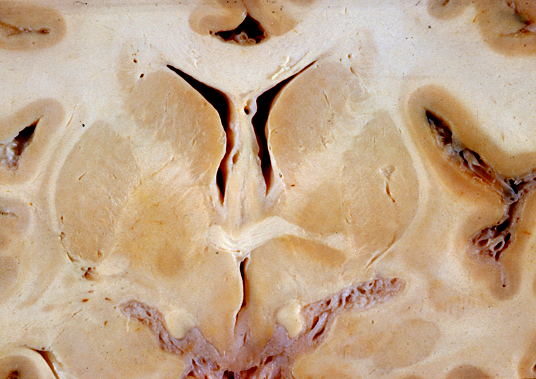
Posting Komentar untuk "Huntington's Disease Caudate Nucleus"